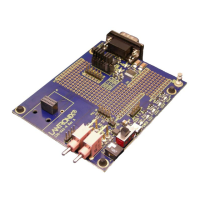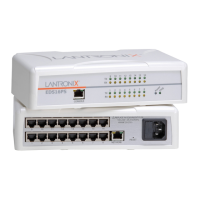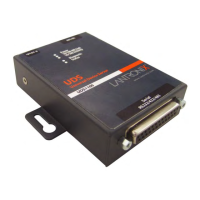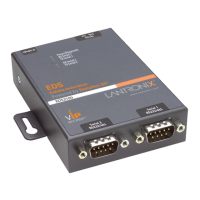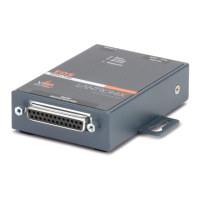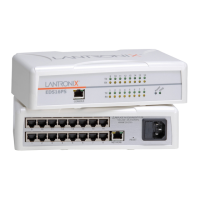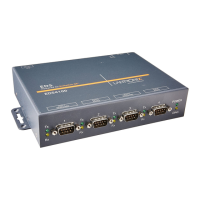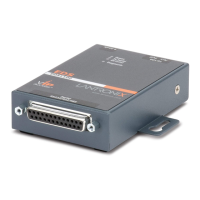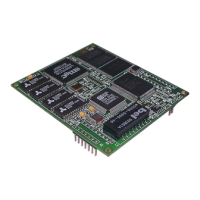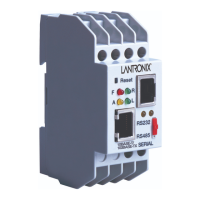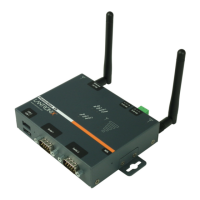
Do you have a question about the Lantronix PremierWave XN and is the answer not in the manual?
| Operating System | Linux |
|---|---|
| Memory | 128 MB SDRAM |
| Connectivity | Ethernet, Wi-Fi, Serial |
| Wireless | 802.11a/b/g |
| Ethernet | 10/100 Mbps |
| Serial Interface | RS-232/422/485 |
| USB Ports | 1 x USB 2.0 Host |
| Protocols Supported | TCP/IP, UDP, DHCP, HTTP, HTTPS, SSH, TLS, SNMP |
| Security | SSH, TLS |
| Operating Temperature | 70° C |
Highlights the main features and capabilities of the PremierWave XN.
Describes the diagnostic tools available for troubleshooting.
Explains the different ways to configure the device: Web Manager, CLI, XML.
Guide to using the Lantronix DeviceInstaller utility for discovery and configuration.
Steps to open a web browser and log into the device's Web Manager.
Viewing and configuring status and interface settings for the Ethernet port.
Configuring WAN network failover for the Ethernet interface.
Viewing and configuring settings for the WLAN interface.
Configuring WAN network failover for the WLAN interface.
Defining and managing wireless network profiles.
Configuring security suites like WEP, WPA, and WPA2/IEEE 802.11i.
Configuration for WPA and WPA2/IEEE802.11i security.
Configuring the device as a gateway with DHCP server and WAN settings.
Setting up rules to allow remote connections to specific devices/services.
Configuring the device to act as a DHCP server.
Setting up Virtual Private Network connections.
Configuring device actions for alarms like link state changes and reboots.
Viewing statistics and configuring serial line (port) settings.
Viewing tunnel statistics and configuring serial settings for tunnels.
Configuring how the device listens for incoming network connections.
Configuring the device to initiate outgoing network connections.
Configuring IP and ICMP protocol stack settings.
Using ping, traceroute for connectivity tests and configuring diagnostic logs.
Options for rebooting the device and restoring factory defaults.
Configuring basic CLI access, login, and timeouts.
Controlling CLI access via Telnet and SSH protocols.
Exporting and importing device configuration using XML files.
Step-by-step guide to configure and enable bridging between interfaces.
Overview of SSH and SSL for secure network communication.
Details on TLS/SSL for authentication and secure data transmission.
Configuring SSH server host keys, client known hosts, and authorized users.
Managing SSH client users, passwords, and remote commands.
Steps to upload firmware using the device's web manager interface.
